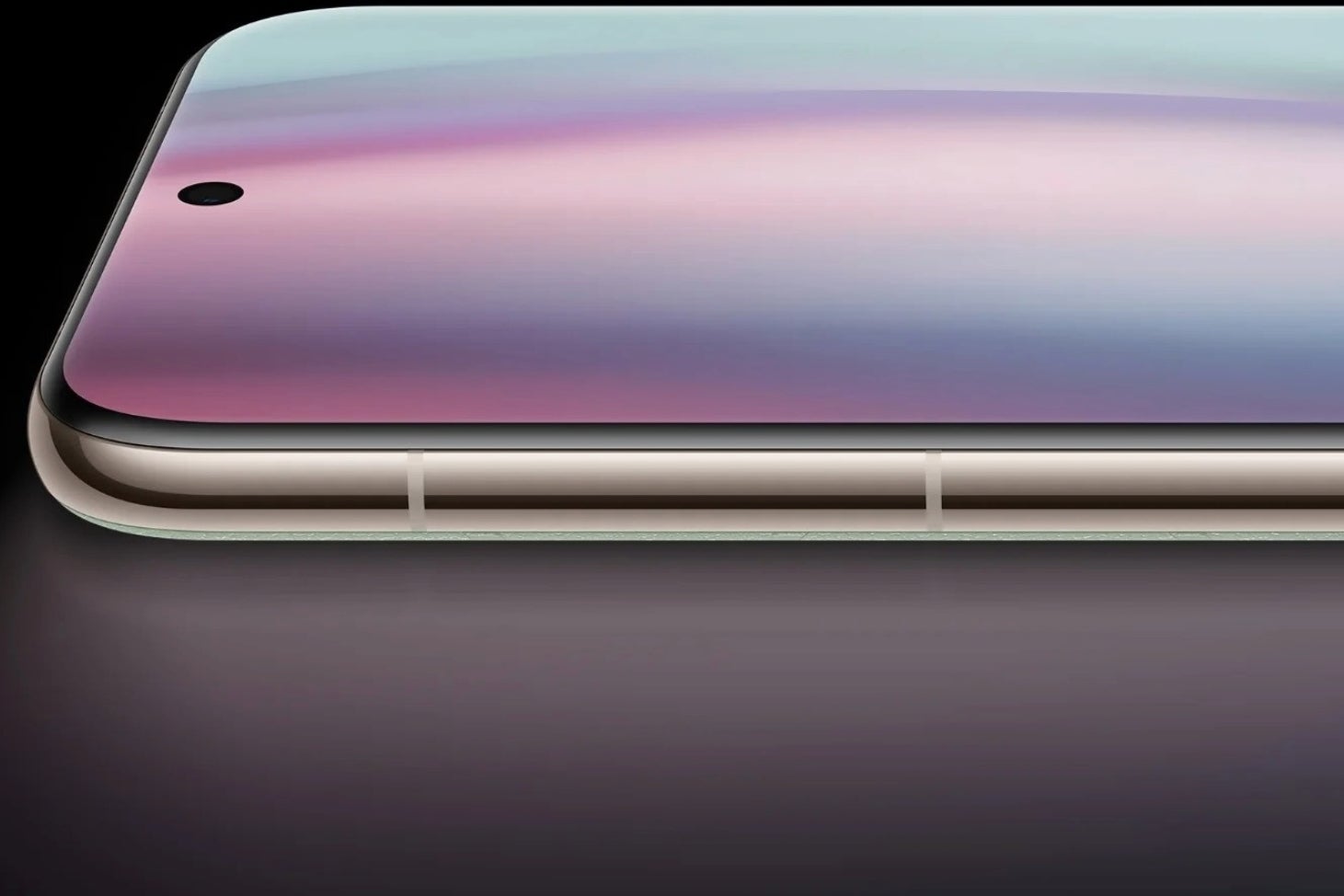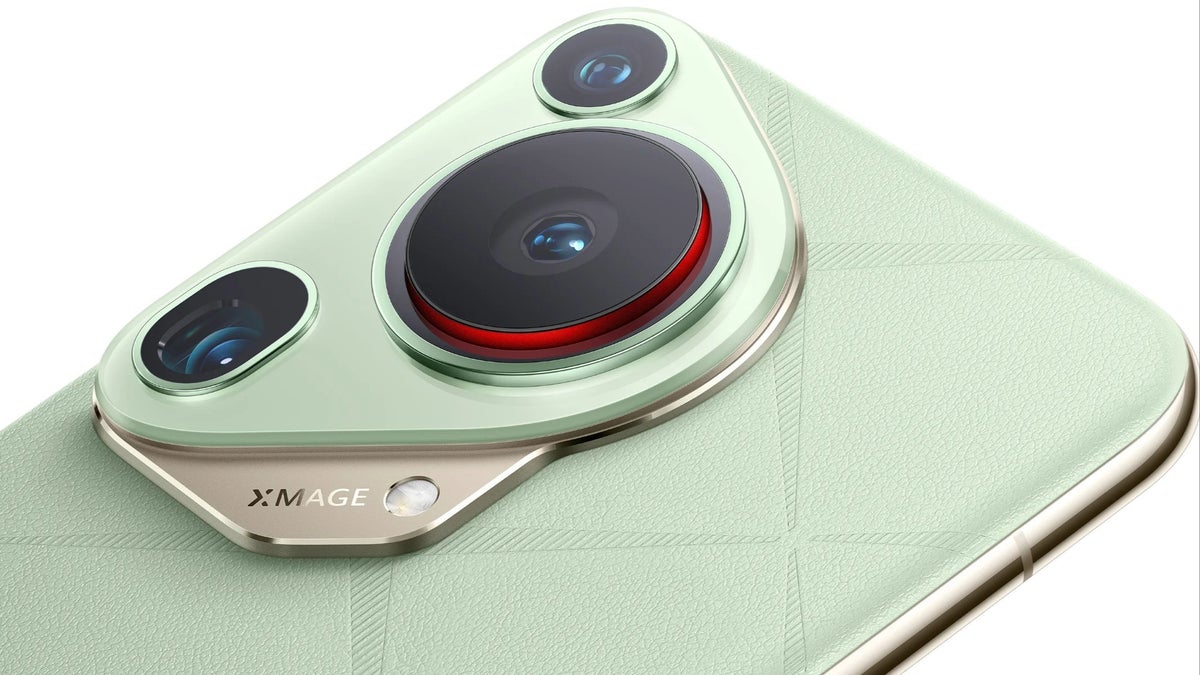, and now, these camera-centric phones are making their way to global markets.
Three of the four Pura 70 series smartphones are going global

The Pura 70 in Black, Pink and White (Image Credit–Huawei)
Huawei has introduced three of the four Pura 70 series smartphones to international markets, reserving the Pura 70 Pro Plus exclusively for China. For global consumers, the options include the standard Pura 70, the Pura 70 Pro, and the Pura 70 Ultra.
The Pura 70 Ultra is offered in three colors, each featuring a faux leather back: Green, Black, and Brown. It boasts 16 GB RAM and 256 GB storage, with a price tag of €1,499.
All three Pura 70 models pack the latest Kirin 9010 chipset, made on the 7nm process by SMIC. Though Huawei hasn’t spilled the beans on the chipset’s specifics officially, it is expected to amp up CPU performance and bring some AI upgrades.
As the Pura 70 series has already hit the shelves in China, its spec sheets are no secret. The standout feature remains the rear camera setup, neatly housed within a distinctive triangular island.
In the Pura 70 Pro, you will find the same 50 MP main camera, but the telephoto lens gets a boost with a 48 MP sensor that offers 3.5x optical zoom. The third one on the back is a 12.5 MP ultra-wide camera.
At the top of the lineup, the Huawei Pura 70 Ultra shines with a 1-inch sensor and a retractable lens. Its pop-up mechanism maximizes light capture without sacrificing its sleek design. With a variable aperture from f/1.6 to f/4.0, it promises outstanding low-light performance.


Image Credit–Huawei
All three smartphones come equipped with a single 13 MP selfie camera. They also share other common features, such as:
- Adaptive refresh rate of the display ranging from 1 to 120Hz.
- A peak brightness of 2,500 nits.
- An IP68 rating, which means they can withstand occasional splashes of water and exposure to dust.
Huawei rolled out the Pura 70 series with Harmony OS 4.2 in China, but for the global market, the phones ship with EMUI 14.2. The main difference? EMUI 14.2 is based on Android, while HarmonyOS is Huawei’s own operating system, separate from Android.
Regardless of the OS, the phones pack smart features like AI Gesture Control, powered by advanced AI tech. However, the international versions of these smartphones won’t include support for Beidou Satellite Calling and Messaging, a feature exclusive to the Chinese market.
